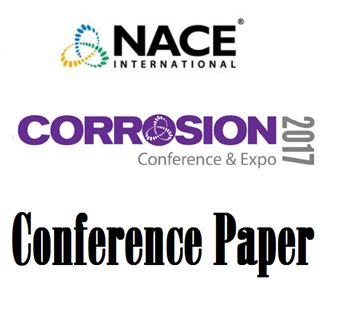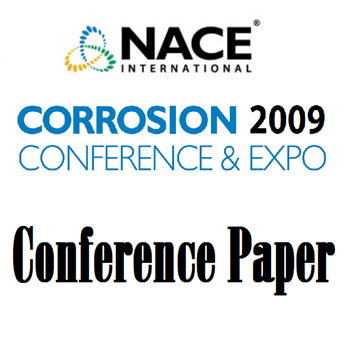Search
51315-5680-Effect of Heat Treatment on Nickel Alloy Clad Plates
Also Purchased
The Sensitisation Behaviour of Alloy UNS N08825 After Heat Treatment as Used in Clad Materials
Product Number:
51317--9459-SG
ISBN:
9459 2017 CP
Publication Date:
2017
$20.00
96601 FABRICATION, WELDING AND HEAT TREATMENT OF NICKEL ALLOYS
Product Number:
51300-96601-SG
ISBN:
96601 1996 CP
$20.00
09338 Heat Treatment Issues on Stainless Steel Heat Exchanger Tubes
Product Number:
51300-09338-SG
ISBN:
09338 2009 CP
Publication Date:
2009
$20.00
Recently viewed




